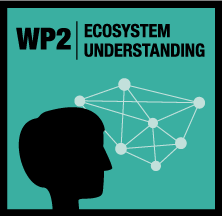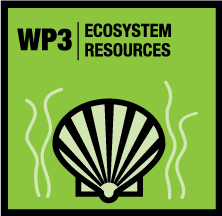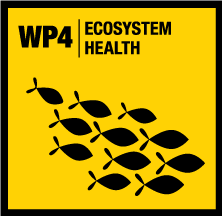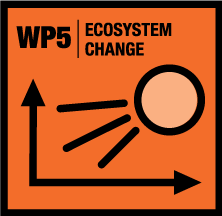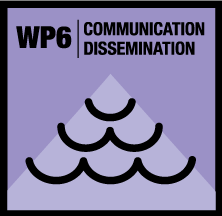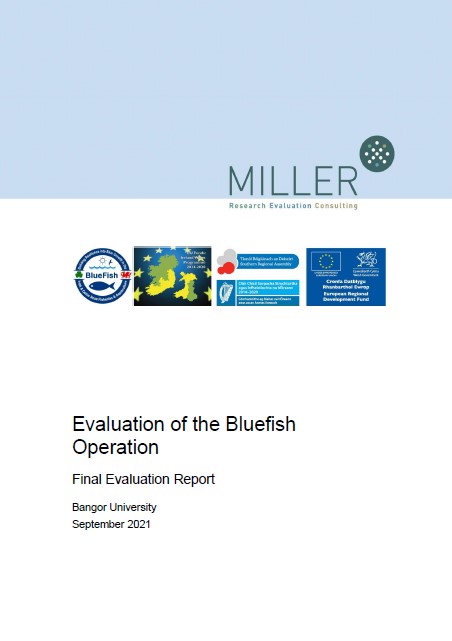BlueFish
Background
BlueFish builds on the legacy, recommendations and consortium expertise resulting from the SUSFISH project, which focused on the biology of representative shellfish species in the Irish Sea. BlueFish will now apply this in a wider context, this time incorportating both finfish and shellfish species.
Project Aims
For selected commercially shellfish and finfish in the Irish Sea BlueFish aims to:
- Provide guidelines on climate change adaptation and economic sustainability;
- Map present and predicted future scenarios in order to provide adaptation guidelines for future management;
- Produce detailed high-resolution 3D particle track models;
- Develop predictions of present and future multispecies integrated fisheries activity;
- Assess parameters of areas for suitable site selection for aquaculture;
- Assess the impact of disease and invasive species on future commercial viability aquaculture spp;
- Assess commercial fisheries species ‘at risk’ to determine vulnerable capacities that need enhanced protection through an integrated maritime approach;
- Assess fish and shellfish health and feed data into predictive models of climate change effects and future management strategies;
- Raise awareness of climate change issues and potential adaptation strategies through conferences, workshops and outreach activities aimed at involving local organisations in cooperative action and sharing best practice among coastal communities.
Project Management (WP1)
As lead beneficiary Bangor University (BU) leads the Project Management Work Package (WP1) to ensure delivery of the output indicators. A significant output for WP1 has been the cross-border conference on climate change and marine ecosystem health – Dynamic Seas Conference : Assessing Climate change within the Irish and Celtic Seas and resilience within our coastal communities.
Outputs
The BlueFish Project had the following indicators and additional outputs to achieve:
| Indicator | Target | Achieved |
|---|---|---|
| Number of research institutions participating in cross-border, transnational or interregional research operations | 6 | 6 |
| Number of new awareness raising initiatives targeting coastal communities | 10 | 14 |
| Number of organisations cooperating in enhancing the marine and coastal environment | 10 | 10 |
| Additional Ouputs | Target | Achieved |
|---|---|---|
| Reports for activities | 12 | 12 |
| Workshops | 8 | 5 |
| Publications in peer reviewed journals | 12 | 30+ |
| Conferences | 1 | 1 |
| Final report | 1 | 1 |
| Guidelines for adaptation / mitigation | 1 | 1 |
| External Evaluation | 1 | 1 |

